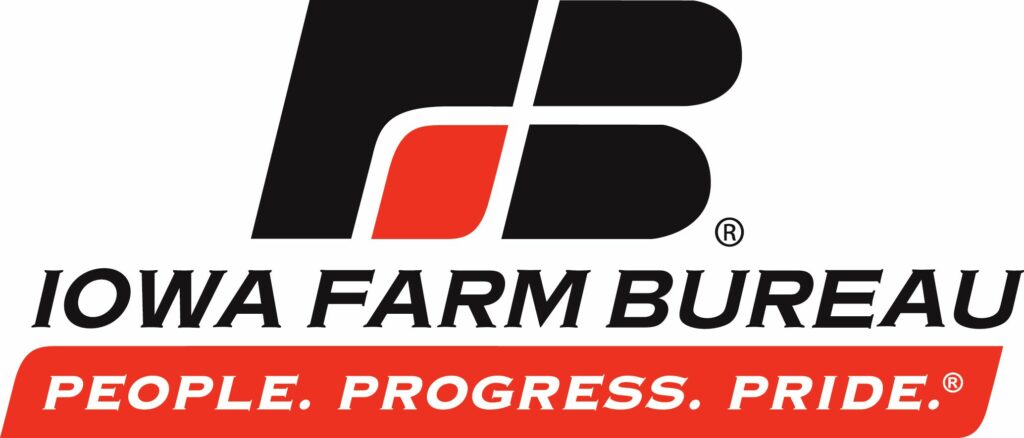Rural Mainstreet Index drops to 40.0, bankers support tariffs

Business Record Staff Apr 22, 2025 | 11:18 am
4 min read time
881 wordsAll Latest News, Economic Development
The Rural Mainstreet Index, produced by economists at Creighton University, is down for the 19th of the past 20 months.
The index dipped below growth neutral in April, according to the report’s monthly survey of bank leaders in rural states of a 10-state region dependent on agriculture and energy.
The region’s overall reading for April fell to 40.0 from March’s 41.1. The index ranges between 0 and 100, with a reading of 50.0 representing growth neutral.
“The economic outlook for 2025 farm income remains weak, according to bank CEOs. Despite the negative fallout from tariffs, 75% of bankers support the tariffs on China, and 79.2% back the 90-day pause on other tariffs,” Ernie Goss, Jack A. MacAllister chair in regional economics at Creighton University, said in a press release.
According to the index report, three of four bankers support President Donald Trump’s increase in tariffs on imports from China. One in four support a return to Jan. 1, tariffs on imports from China. About 20.8% of bank CEOs recommend that the federal government fully offset farmer losses from tariff impositions, while 21.1% argue for no increase in federal support, the report stated.
Comments from bankers in April:
- Jeffrey Gerhart, former chairman of the Bank of Newman Grove in Newman Grove, Neb., said, “We are in unknown territory with the administration. Our trade relations with Canada and Mexico were put together over many years for the benefit of the three countries. That has now been torn apart.”
- Jim Eckert, executive vice president and trust officer of Anchor State Bank in Anchor, Ill., reported that “Farmers in our area are ready to plant, but much-needed rain has held them up. Most are not too concerned so far, as it is early in the season.”
The survey represents an early snapshot of the economy of rural agricultural- and energy-dependent portions of the nation.
Other results from the index include:
Farm equipment sales: A market segment watched very closely in Iowa, the farm equipment sales index dropped to a very weak 17.4 from 20.8 in March.
“This is the 20th straight month that the index has fallen below growth neutral. High input prices, tighter credit conditions and market volatility from tariffs are having a negative impact on the purchases of farm equipment,” said Goss.
Farming and ranch land prices: For the 11th time in the past 12 months, farmland prices slumped below growth neutral. The region’s farmland price index increased to 41.7 from 38.9 in March. “Elevated interest rates, higher input costs and volatility from tariffs have put downward pressure on ag land prices,” said Goss.
Regional exports of agriculture goods and livestock for the first two months of 2025 compared to the same 2024 period fell from $2.4 billion in 2024 to $1.8 billion in 2025, for a decline of 23.8%, according to trade data from the International Trade Association. Mexico began 2025 as the top destination for ag exports, accounting for 48.1% of total regional agriculture and livestock exports.
The report shows that 12.5% of bankers support returning to January 2025 tariff levels on U.S. trading partners.
Banking: The April loan volume index declined to 70.8 from March’s 77.8. The checking deposit index improved to 58.7 from 50.0 in March. The index for certificates of deposits and other savings instruments rose to 58.3 from 55.6 in March. Federal Reserve interest rate policies have boosted CD purchases above growth neutral for 29 straight months.
Hiring: The new hiring index for April plummeted to 43.8 from March’s 53.7. Recent job gains for non-farm employers weakened for the month.
Confidence: Goss reports that rural bankers remain pessimistic about economic growth for their area over the next six months. The April confidence index increased to 36.0 from March’s 30.4. “Weak grain prices and negative farm cash flows, combined with downturns in farm equipment sales over the past several months, pushed banker confidence lower,” said Goss.
Home and retail sales: Home sales remained soft with an April reading of 45.8, up from 42.6 in March. Regional retail sales remained extremely weak with an index of 39.6, down slightly from 40.4 in March.
The Rural Mainstreet Index is a unique index that covers 10 regional states, focusing on approximately 200 rural communities with an average population of 1,300. The index provides the most current real-time analysis of the rural economy. Goss and the late Bill McQuillan, former Chairman of the Independent Community Banks of America, created the monthly economic survey and launched it in January 2006.
In Iowa, the index improved to a weak 39.8 from 39.2 in March.
Farmland price index: Iowa’s farmland price index for April increased to 36.8 from 33.6 in March.
New hiring index: Iowa’s new hiring index for April dropped to 37.5 from March’s 55.7.
Exports: According to trade data from the ITA, Iowa exports of agriculture goods and livestock for the first two months of 2025, compared to the same period in 2024, sank by $69.5 million, for a decline of 19.7%. Mexico was the top destination to begin 2025, accounting for 70% of 2025 Iowa agriculture and livestock exports.
The index provides the most current real-time analysis of the rural economy. Goss and the late Bill McQuillan, former chairman of the Independent Community Banks of America, created the monthly economic survey and launched it in January 2006.











